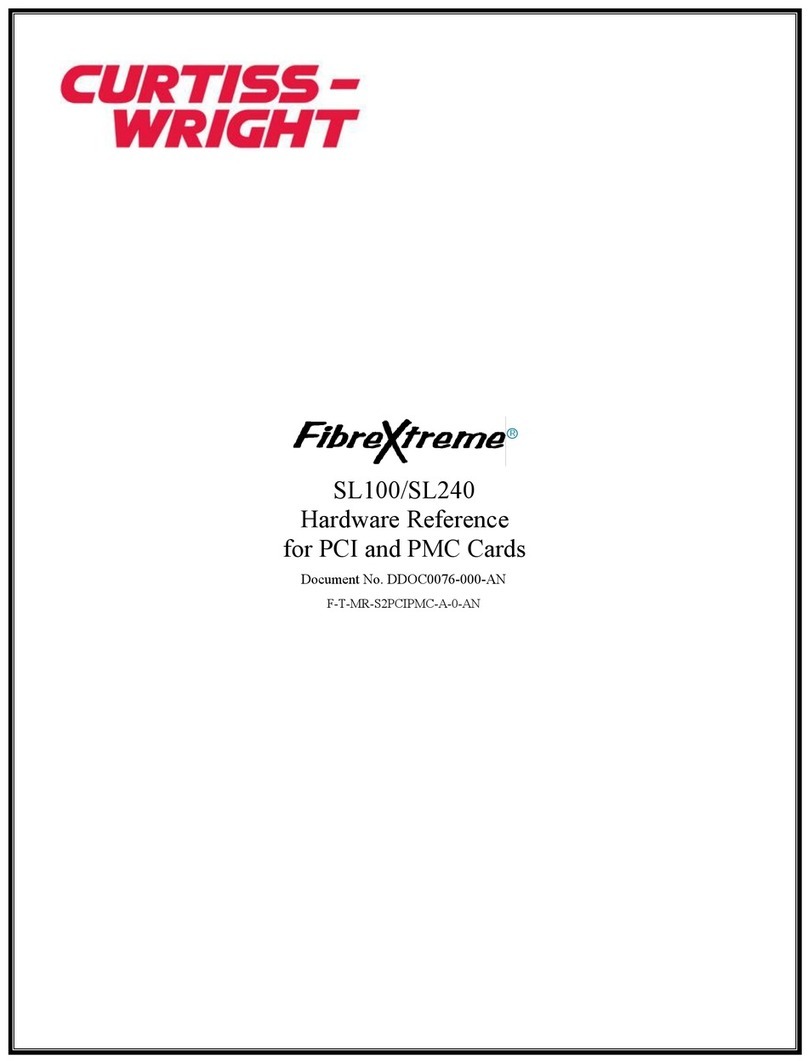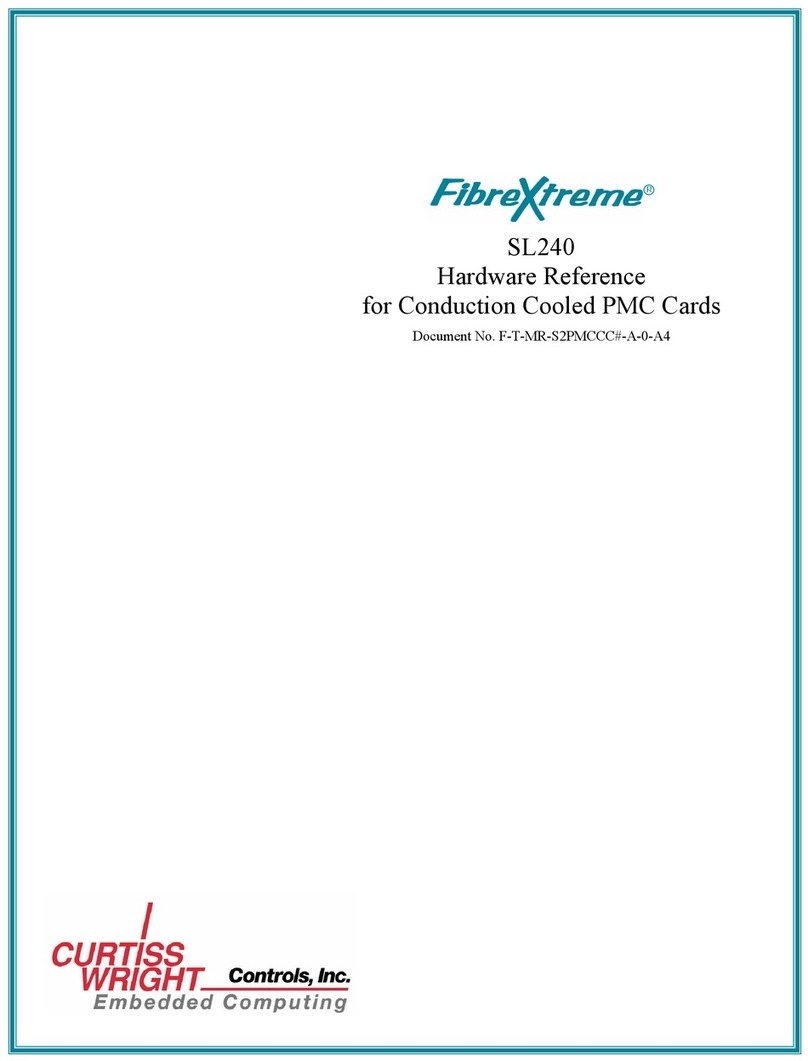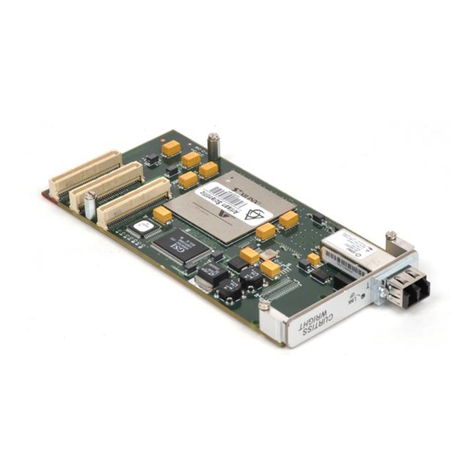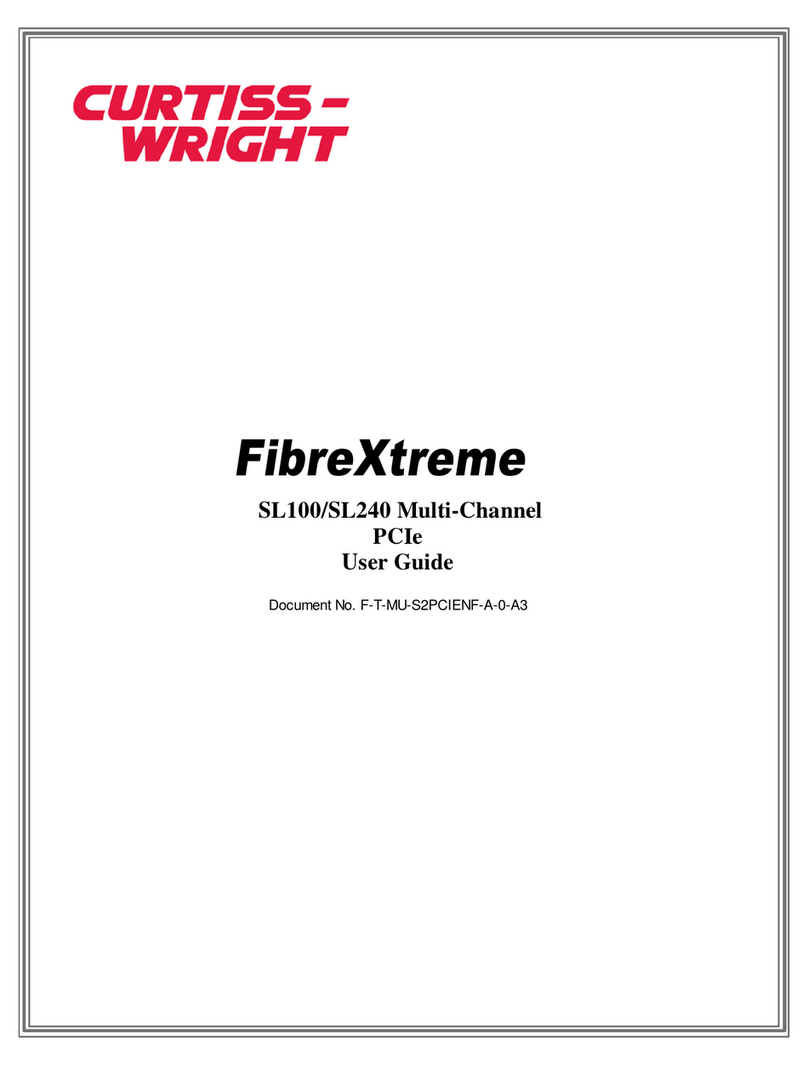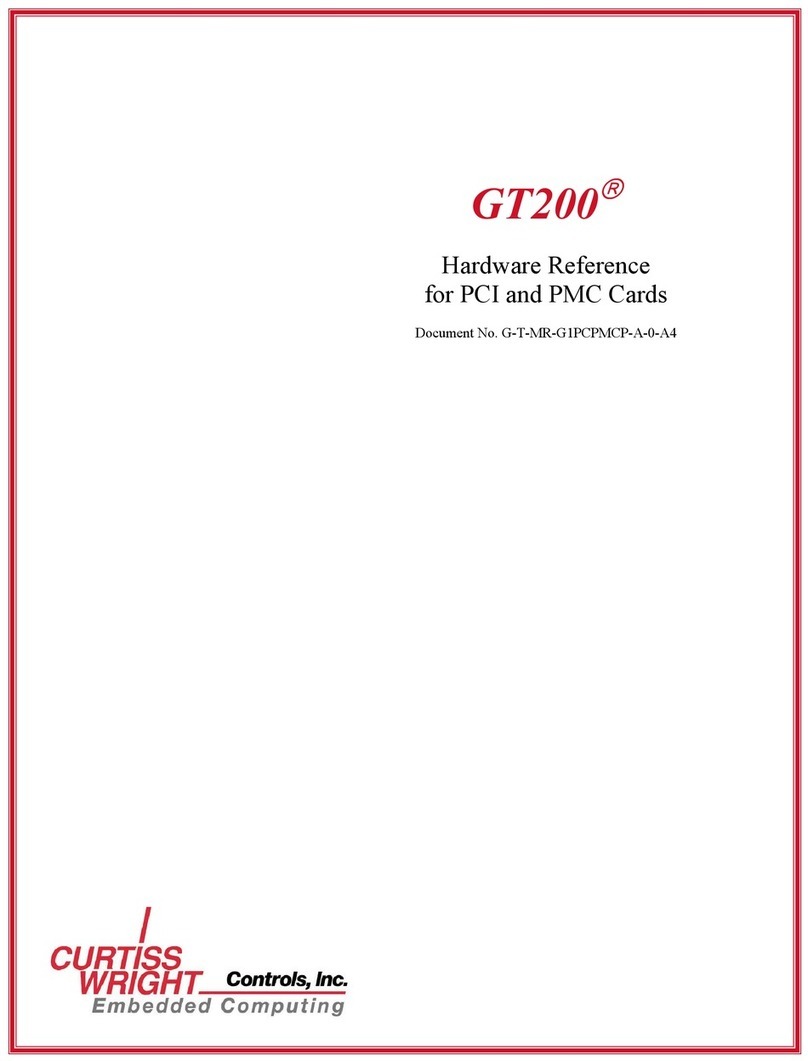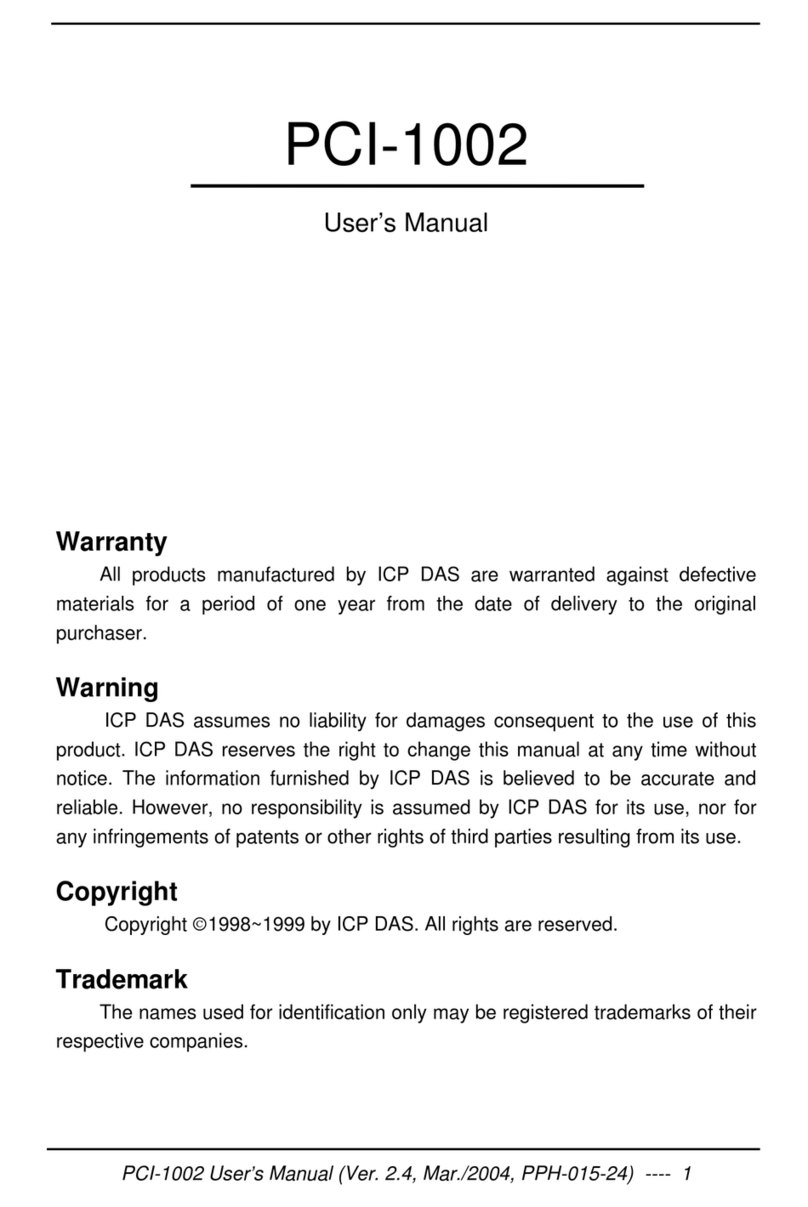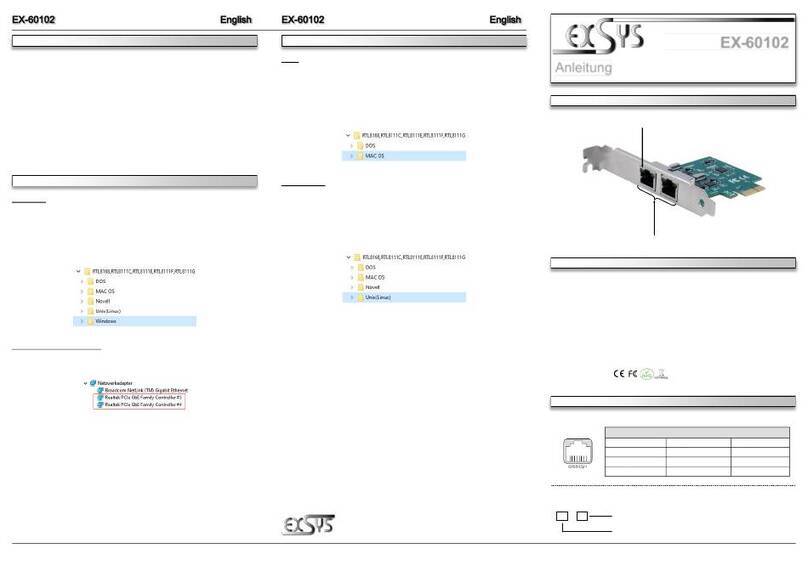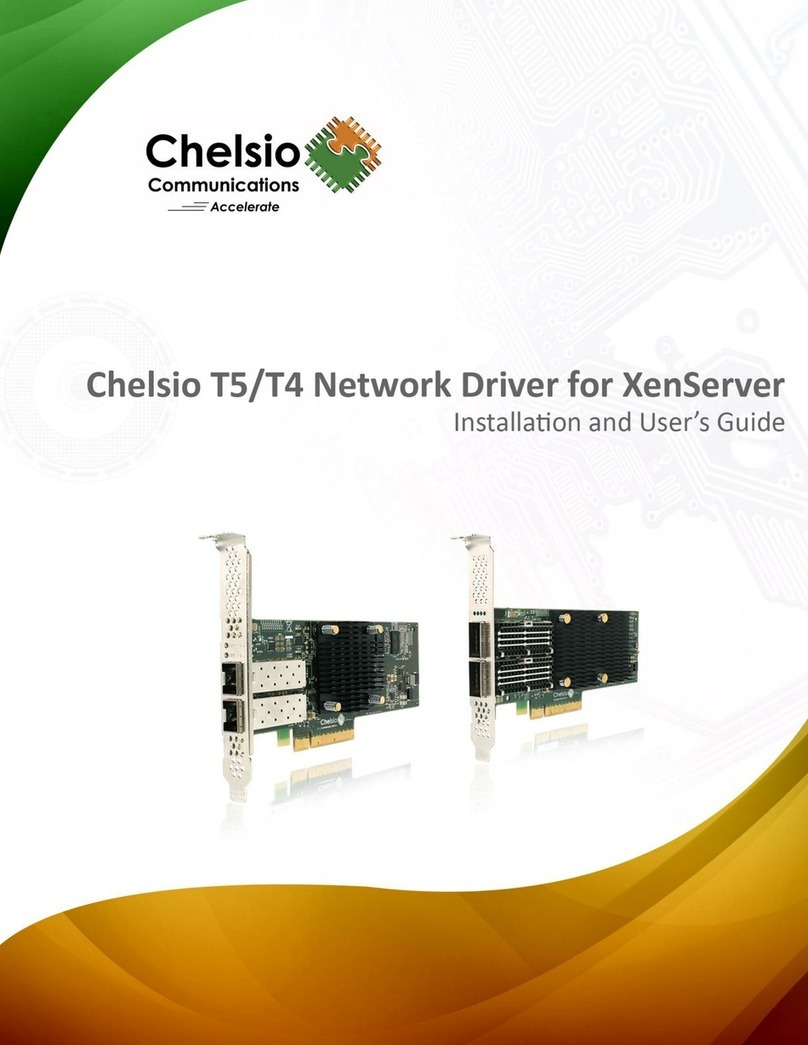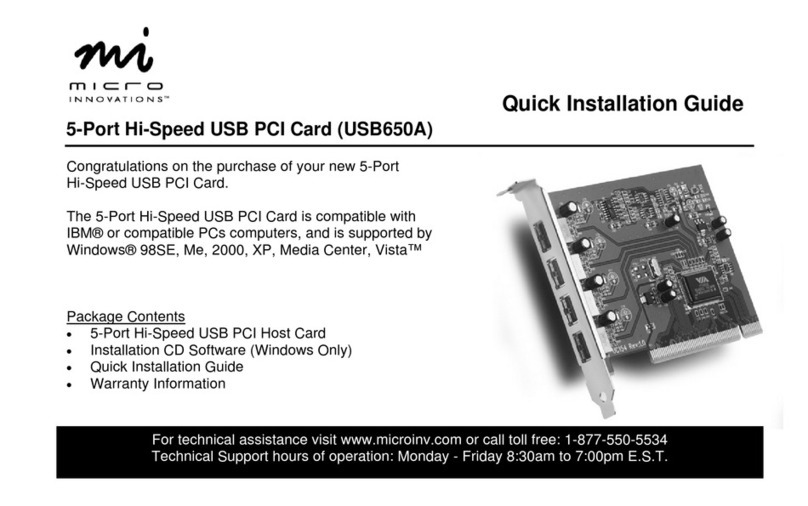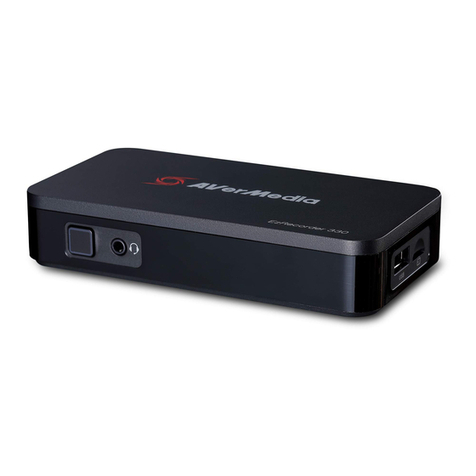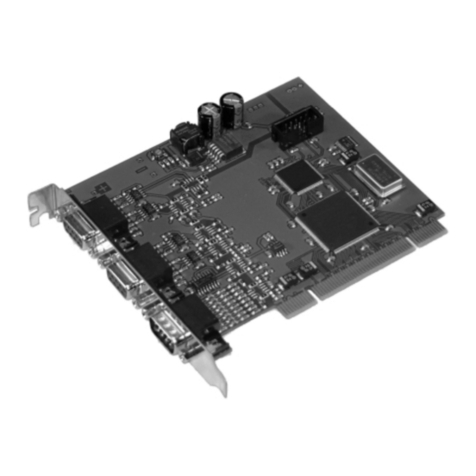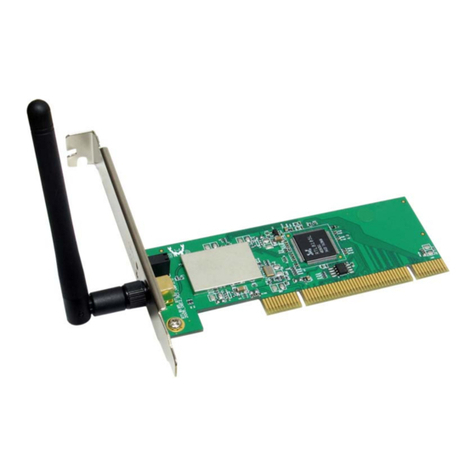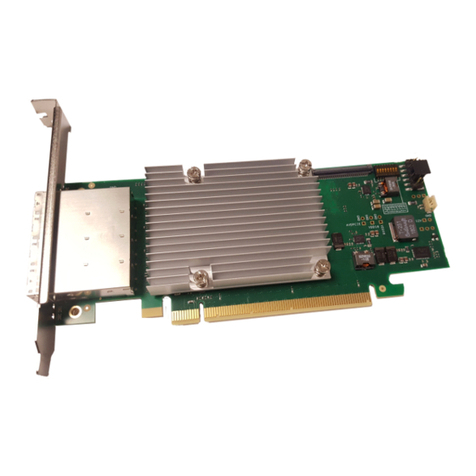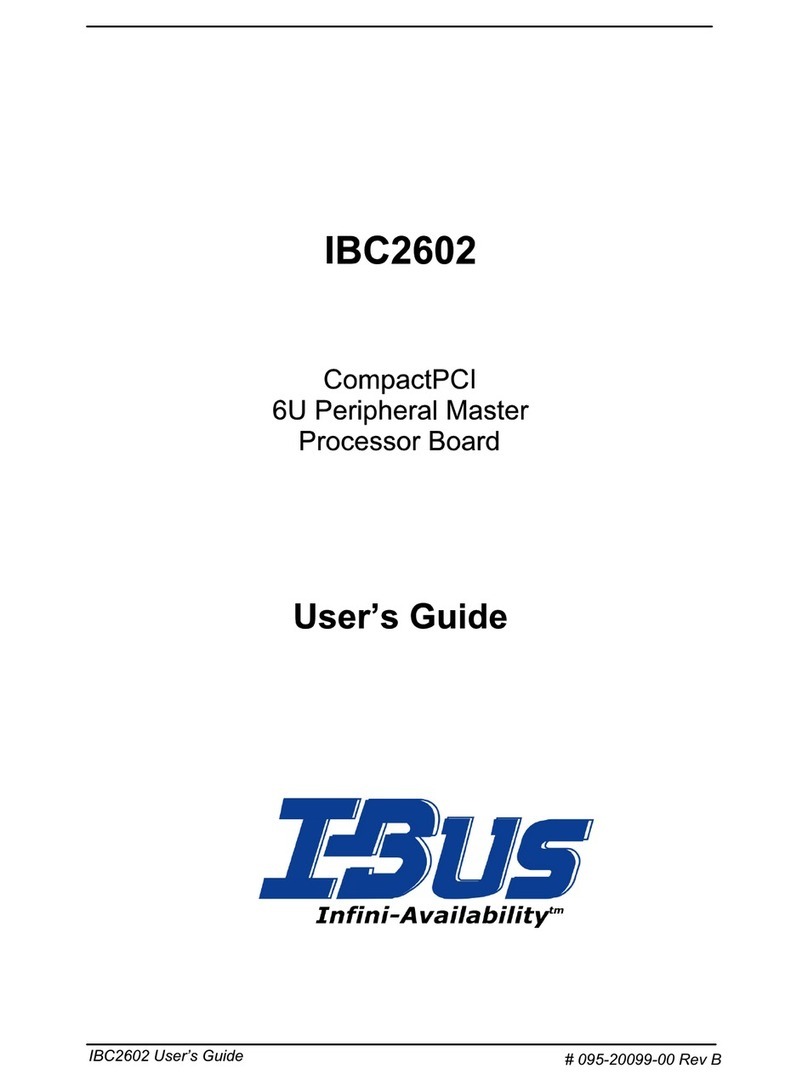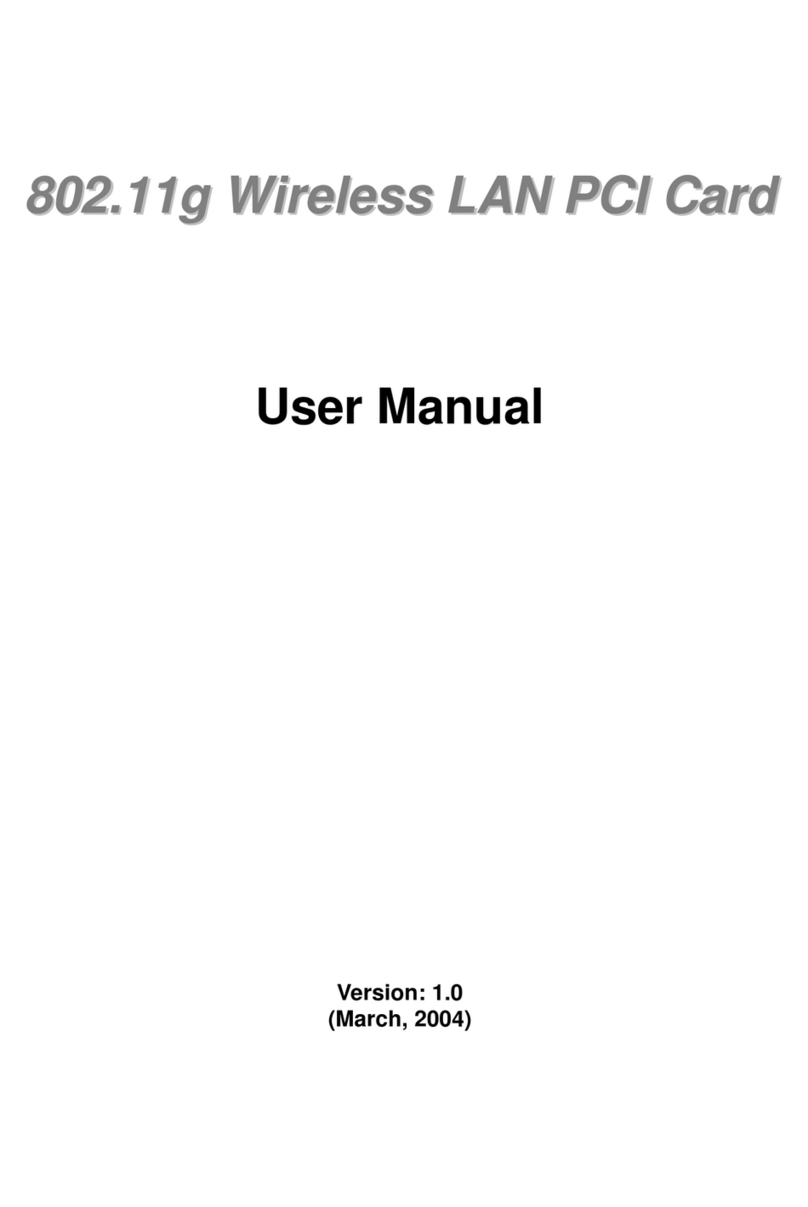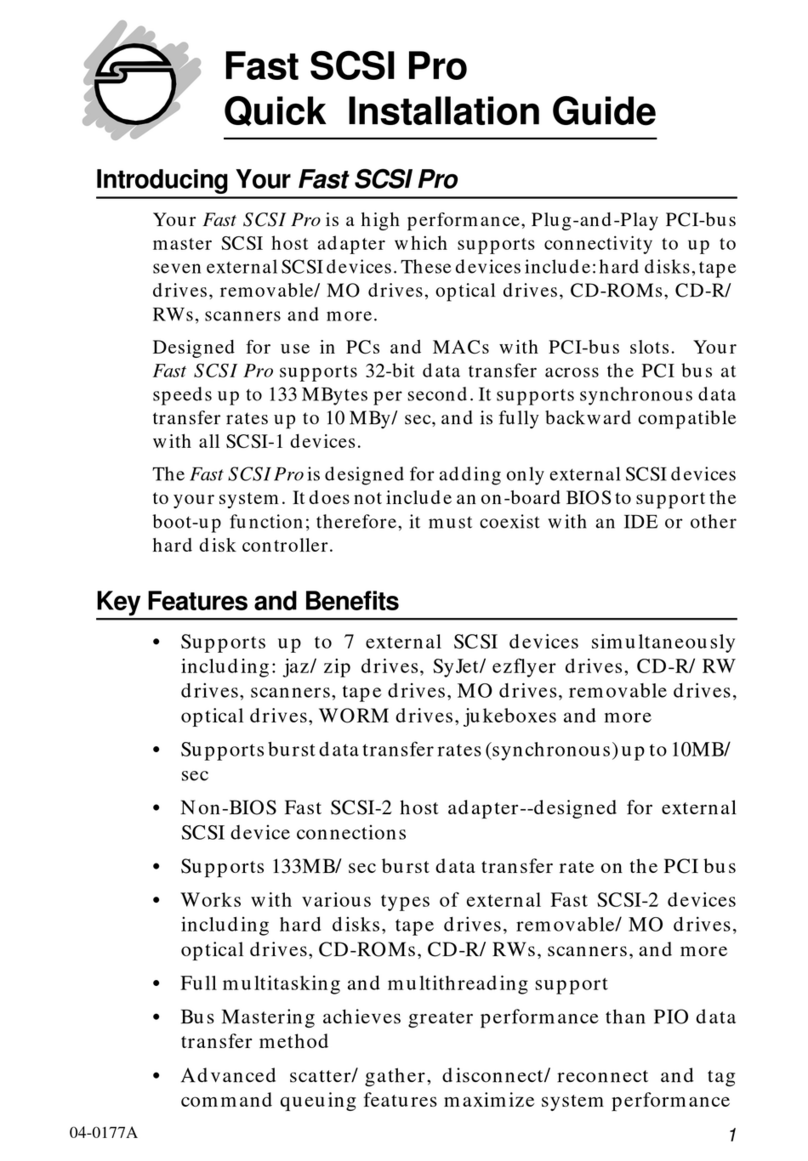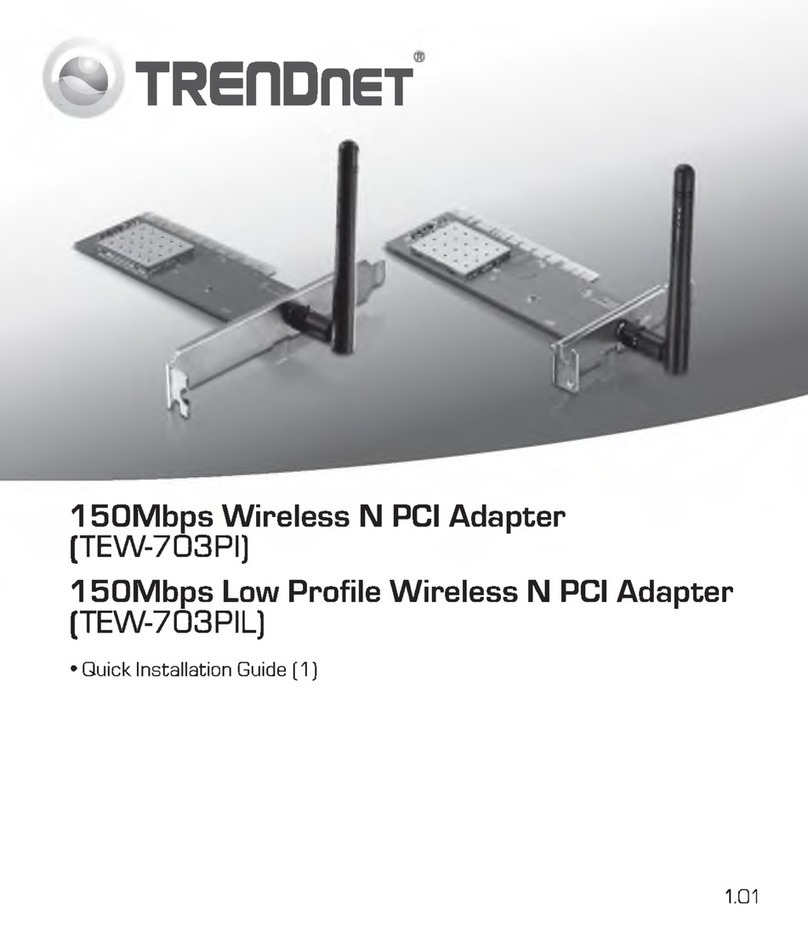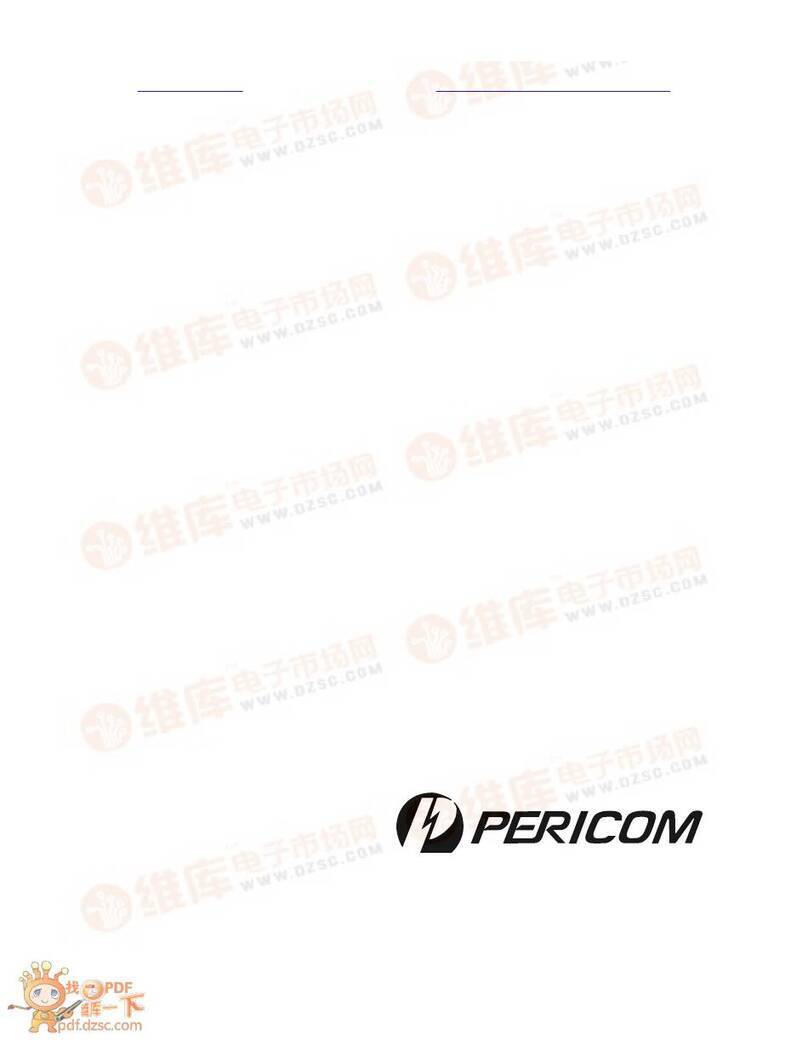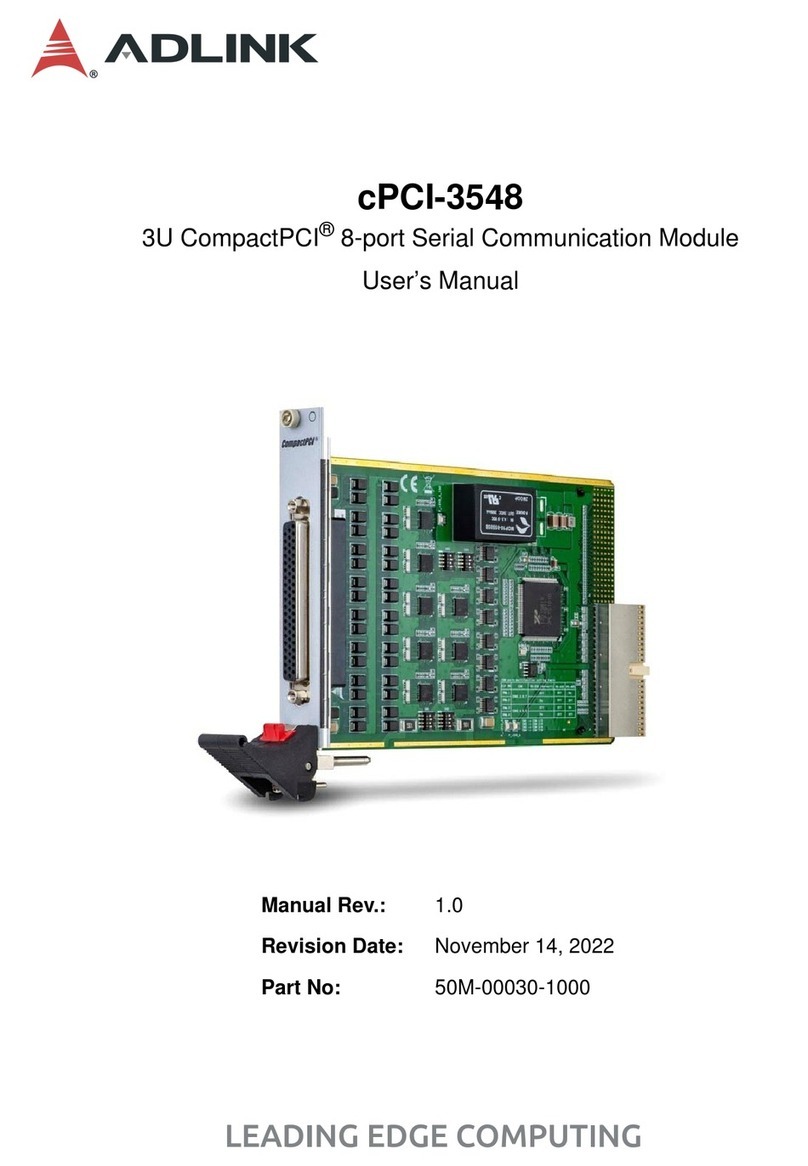
TABLE OF CONTENTS
Copyright 2012 ii FibreXtreme HW Reference for FPDP Cards
4.4.6 Receive FIFO Threshold Interrupt......................................................................... 4-5
5. APPENDIX A - SPECIFICATIONS .........................................................................................................5-1
5.1 Overview.................................................................................................................................. 5-1
5.2 Rehostable CMC FPDP Card Specifications............................................................................5-1
5.3 PCI FibreXtreme Carrier Card Specifications.......................................................................... 5-2
5.4 FPDP Connector Pin Assignments...........................................................................................5-3
5.5 RS-232 Pin-out on PCI FibreXtreme Carrier............................................................................ 5-4
5.6 Media Interface Specifications .................................................................................................5-5
5.6.1 SL100 Fiber-Optic Media Interface Specifications................................................5-5
5.6.2 SL240 Fiber-Optic Media Interface Specifications................................................5-5
5.6.3 SL100 HSSDC2 Copper Media Interface..............................................................5-6
5.6.4 SL240 HSSDC2 Copper Media Interface..............................................................5-6
6. APPENDIX B - REGISTER SET.............................................................................................................. 6-1
6.1 Overview.................................................................................................................................. 6-1
6.1.1 Interrupt CSR (INT_CSR) – Offset 0x00 .............................................................. 6-1
6.1.2 Board CSR (BRD_CSR) – Offset 0x04................................................................. 6-2
6.1.3 Link Control (LINK_CTL) – Offset 0x08 .............................................................6-3
6.1.4 Link Status (LINK_STAT) – Offset 0x0C.............................................................6-6
6.1.5 FPDP Flags (FPDP_FLGS) – Offset 0x10.............................................................6-7
6.1.6 Receive FIFO Threshold– Offset 0x14..................................................................6-8
6.1.7 Laser Transmitter Control – Offset 0x18...............................................................6-8
7. APPENDIX C - CARRIER/CMC CONFIGURATION............................................................................. 7-1
7.1 Overview.................................................................................................................................. 7-1
7.2 PCI FibreXtreme Carrier Card Configuration Setup ................................................................7-2
7.3 PCI FibreXtreme Carrier Card Register Offsets....................................................................... 7-3
7.3.1 PIO and Carrier Configuration – Offset 0x0..........................................................7-3
7.3.2 Reserved Register – Offset 0x1 .............................................................................7-3
7.3.3 CMC Configuration – Offset 0x2 .......................................................................... 7-4
7.3.4 Reserved Register – Offset 0x3 .............................................................................7-4
7.4 CMC Register Offsets .............................................................................................................. 7-5
7.5 PCI FibreXtreme Carrier Configuration Commands................................................................7-5
7.5.1 Active Configuration (ac)......................................................................................7-5
7.5.2 Edit Configuration (ec <configuration>) ...............................................................7-5
7.5.3 Get Configuration (gc <configuration>)................................................................7-6
7.5.4 Load Configuration (lc <configuration>) ..............................................................7-6
7.5.5 Set Configuration (sc <configuration>).................................................................7-6
7.5.6 Bus Read (br <register set> <address>)................................................................. 7-7
7.5.7 Bus Write (bw <register set> <address>) ..............................................................7-7
7.5.8 Help (h).................................................................................................................. 7-7
7.6 PCI Carrier Card Default Configurations.................................................................................7-8
7.6.1 Configuration 0 – FPDP-TM with CRC Disabled.................................................7-8
7.6.2 Configuration 1 – FPDP-RM with CRC Disabled.................................................7-8
7.6.3 Configuration 2 – FPDP-TM with CRC Enabled ..................................................7-8
7.6.4 Configuration 3 - FPDP-RM with CRC Enabled...................................................7-9
8. APPENDIX D - SL100/SL240 PROTOCOL................................................................................................. i
8.1 Overview.................................................................................................................................. 8-1
8.2 Ordered Sets Used.................................................................................................................... 8-1
8.3 Frames...................................................................................................................................... 8-3
8.3.1 Link Bandwidth.....................................................................................................8-4
8.3.2 FPDP Signal Sample Rate .....................................................................................8-4
8.4 Data Transmission and Flow Control.......................................................................................8-5
9. APPENDIX E - ORDERING INFORMATION ........................................................................................9-1
9.1 Overview.................................................................................................................................. 9-1
9.2 Ordering Information................................................................................................................ 9-1
9.2.1 SL100 FPDP..........................................................................................................9-1
9.2.2 SL240X FPDP....................................................................................................... 9-1
9.2.3 Carrier Card (without CMC).................................................................................. 9-1
9.3 Media Interface......................................................................................................................... 9-2
